Nine-banded armadillos (Dasypus novemcinctus) are a species of mammal native to the southern United States, and Florida is no exception. Armadillos in Florida are found in many areas, from the Everglades to urban regions. These animals have adapted to a wide variety of habitats, from wetlands and forests to grasslands and scrubs. They can be seen foraging for food during the day or night, and their burrows provide them with shelter from predators. In addition to their unique physical traits such as their hard shell, armadillos also play an important role in controlling insect populations. As such, they are an important part of Florida’s natural environment.
Unfortunately, many people villainize armadillos who root around their yards. Since they enjoy, worms and insects brought to the surface through moist soil, a wet yard attracts them. Preventing overwatering can deter them. If you must water, do so in the morning so the top layer can dry during the day. This will make them less likely to come around at night. You can also use a fence to exclude them. Ensure the fence extends at least 18 inches into the ground to prevent digging. A few small changes can help us coexist with our native wildlife.

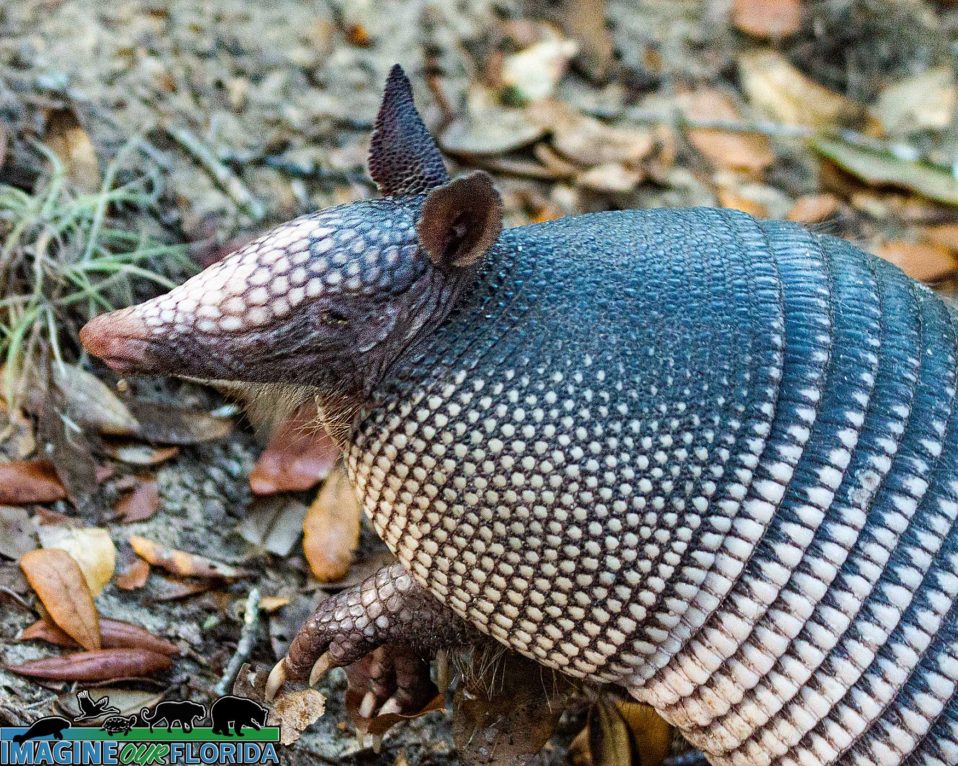





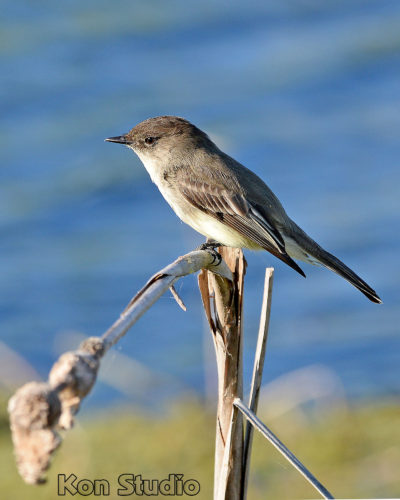






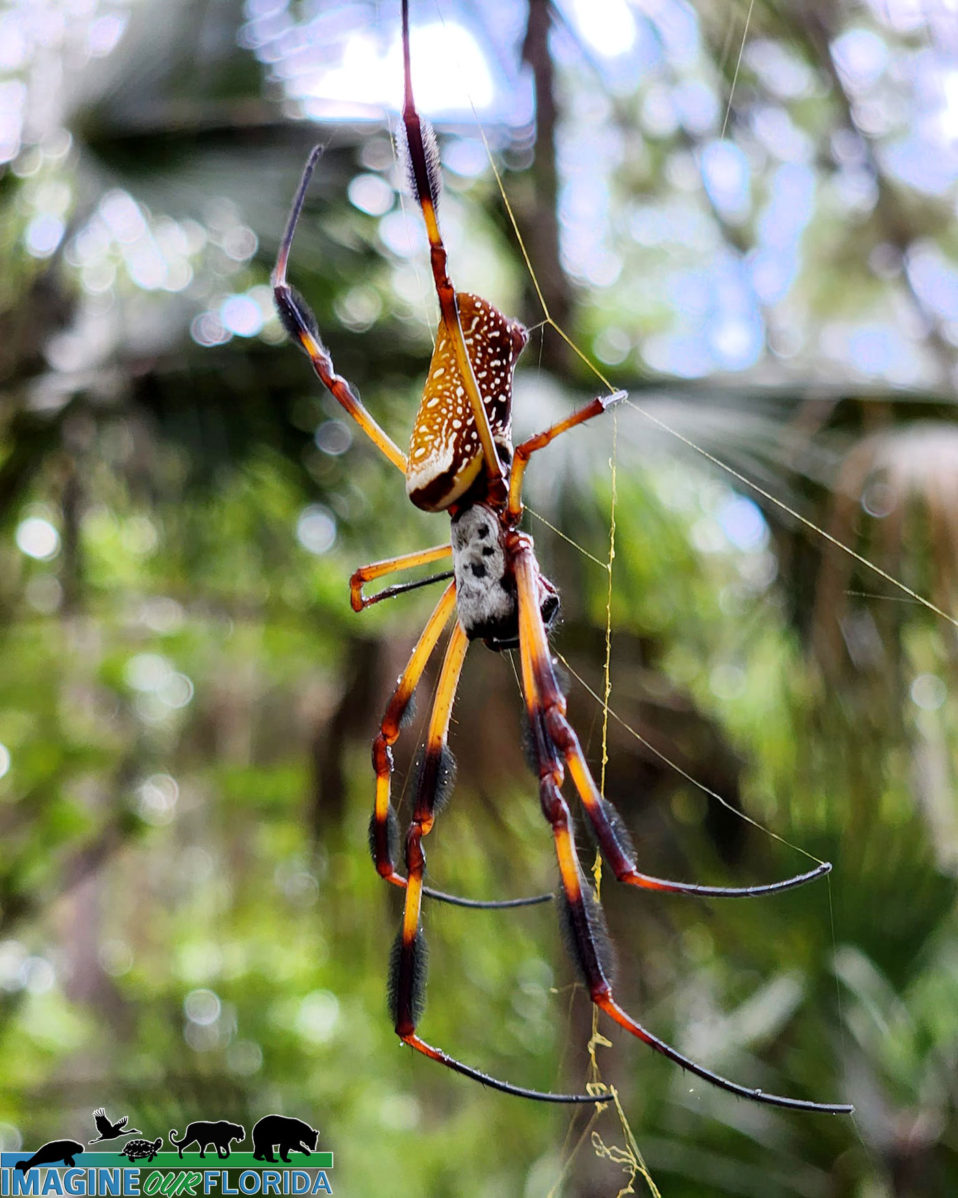


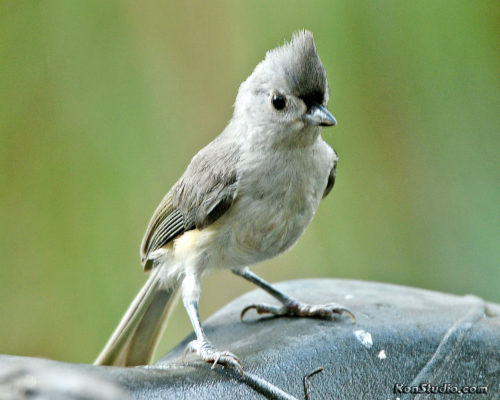






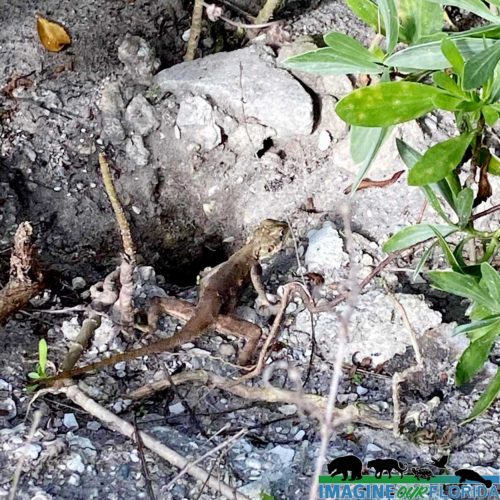













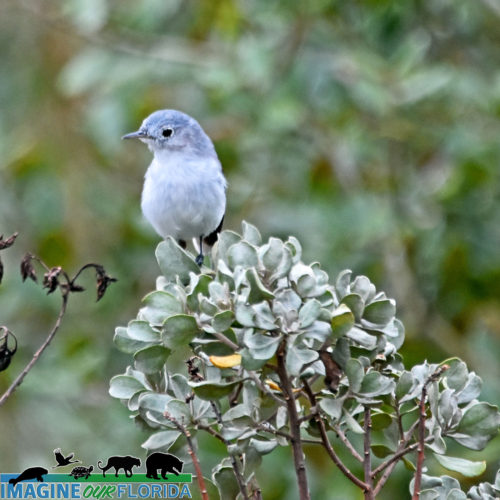
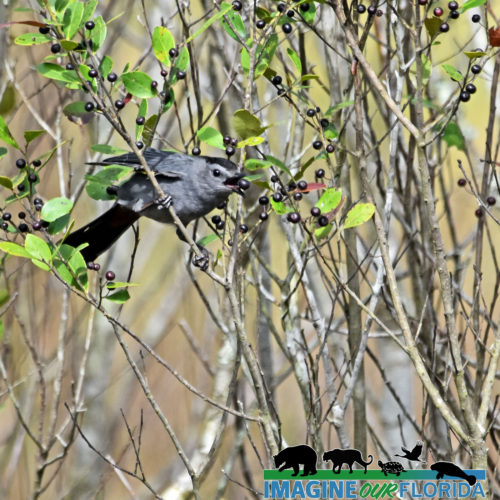





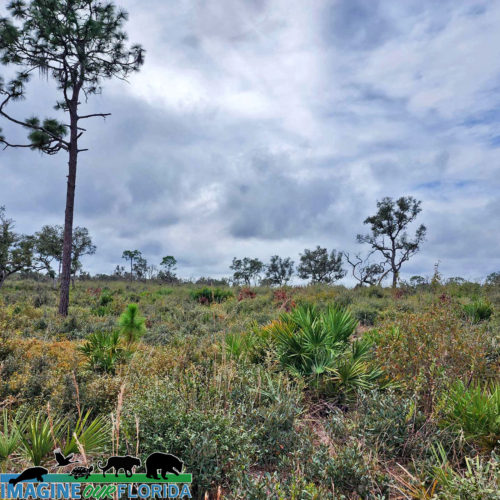


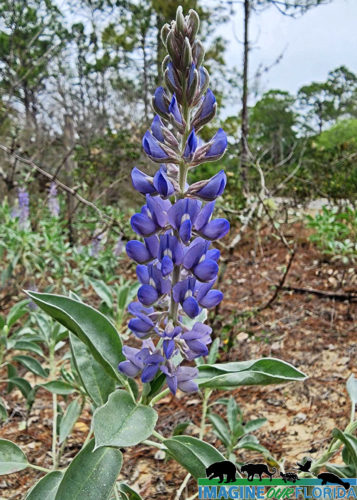




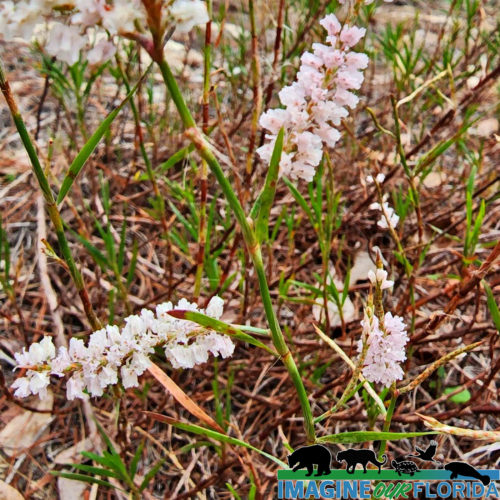

Recent Comments